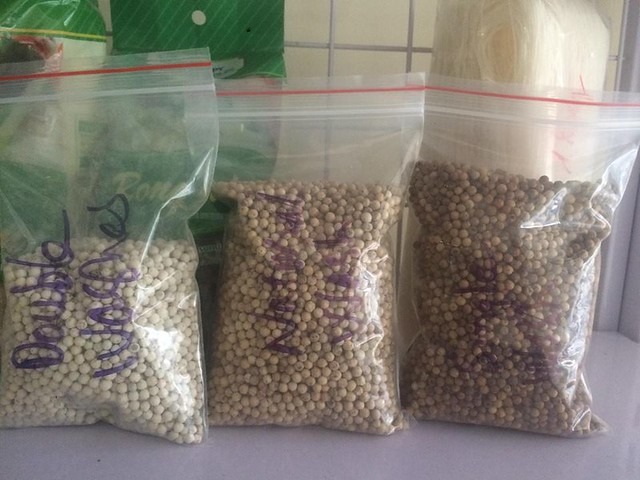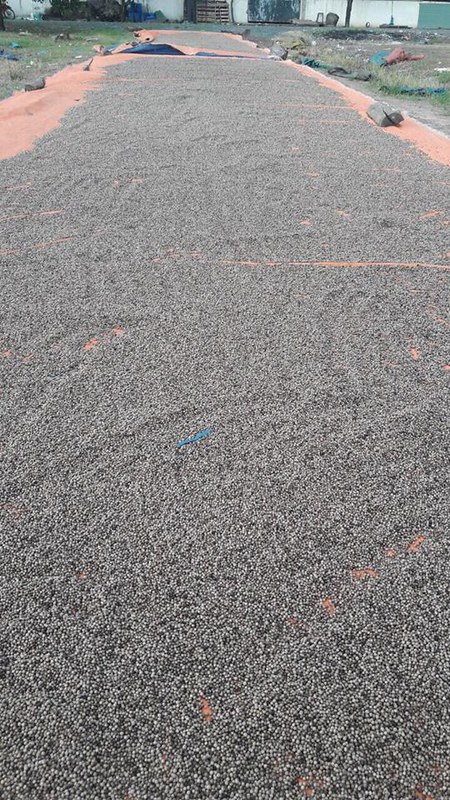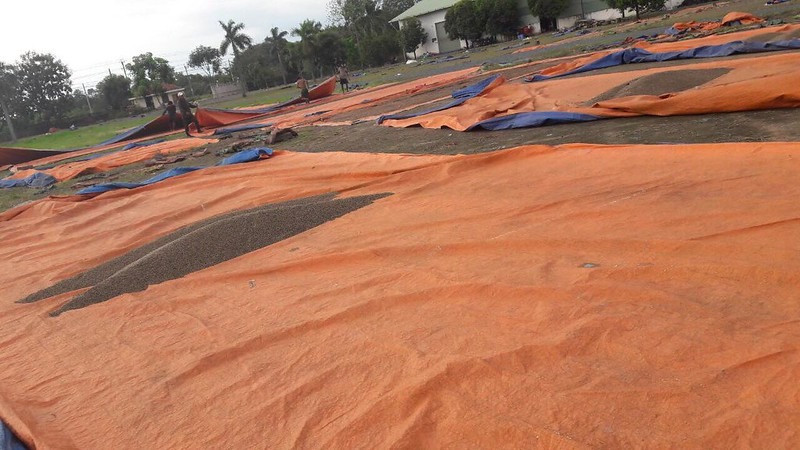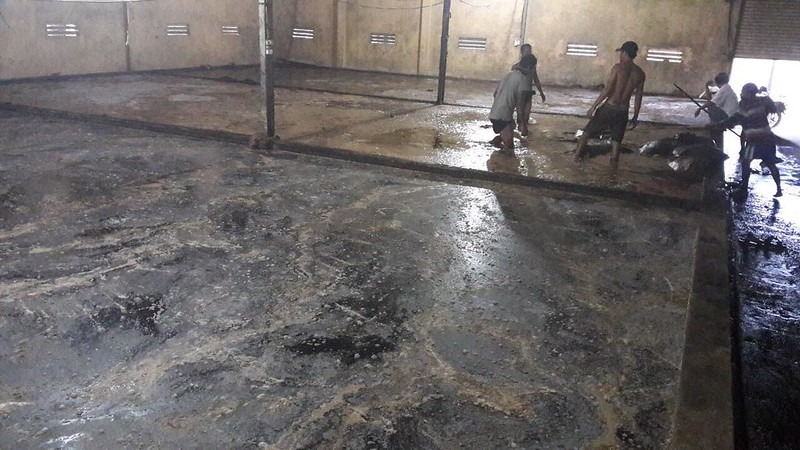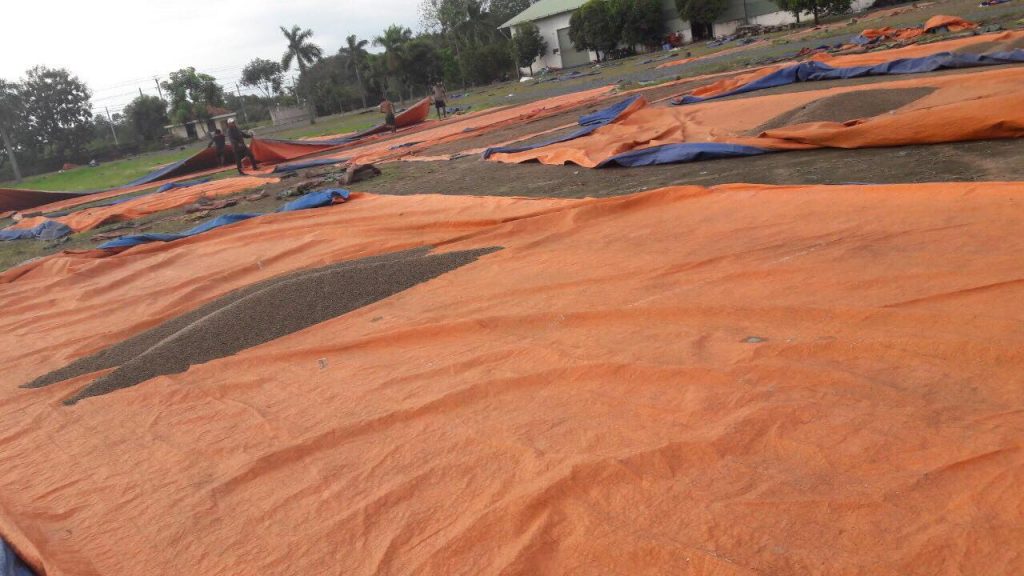Pepper is often described as the “king of spices,” and it shares a place on most dinner tables with salt. The word pepper originated from the Sanskrit word pippali, meaning berry. Pepper is now grown in Indonesia, Malaysia, Sri Lanka, Vietnam, and Kampuchea as well as the West coast of India, known as Malabar, where it originated. The United States is the largest importer of pepper. India is still the largest exporter of the spice, and Brazil may be among the newest exporter of pepper.
In the factory
- 4 Black and white pepper are processed in the factory by cleaning, grinding, and packaging. Blowers and gravity separators are used to remove dust, dirt clods, bits of twigs and stalk, and other impurities from the peppercorns after they are imported from the field. Sometimes, treatments are used to eliminate bacteria on the cleaned, dry peppercorns.
- 5 Grinding consists of using a series of rollers in a process called cold roll milling to crush the peppercorns. Cracked peppercorns are only crushed lightly to bruise the peppercorns and release their flavor. Further grinding steps crush peppercorns into coarse and fine grinds of pepper that are packaged separately. A sifter sorts the grains by size, and they are conveyed to packaging stations. Packaging varies widely among processors and includes bags, boxes, and canisters for large-volume commercial sales and smaller jars, cans, and mills for home use. Packing may also include the blending of pepper with other spices in a variety of spice mixes for preparing sauces, cajun recipes, Italian foods, seafood, and a range of other specialized blends.

